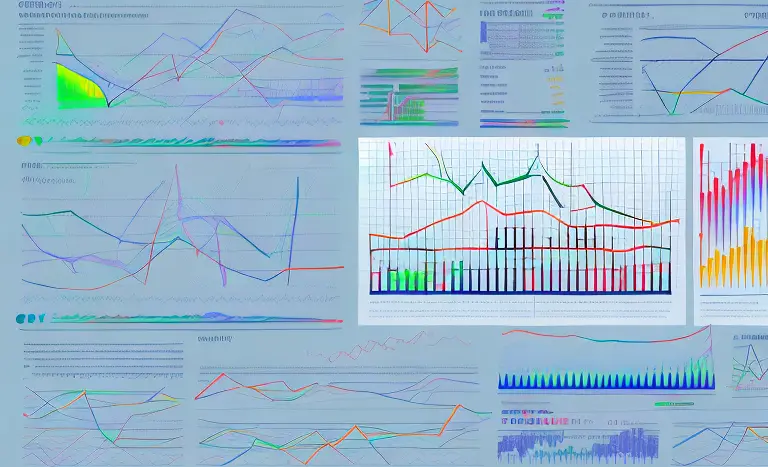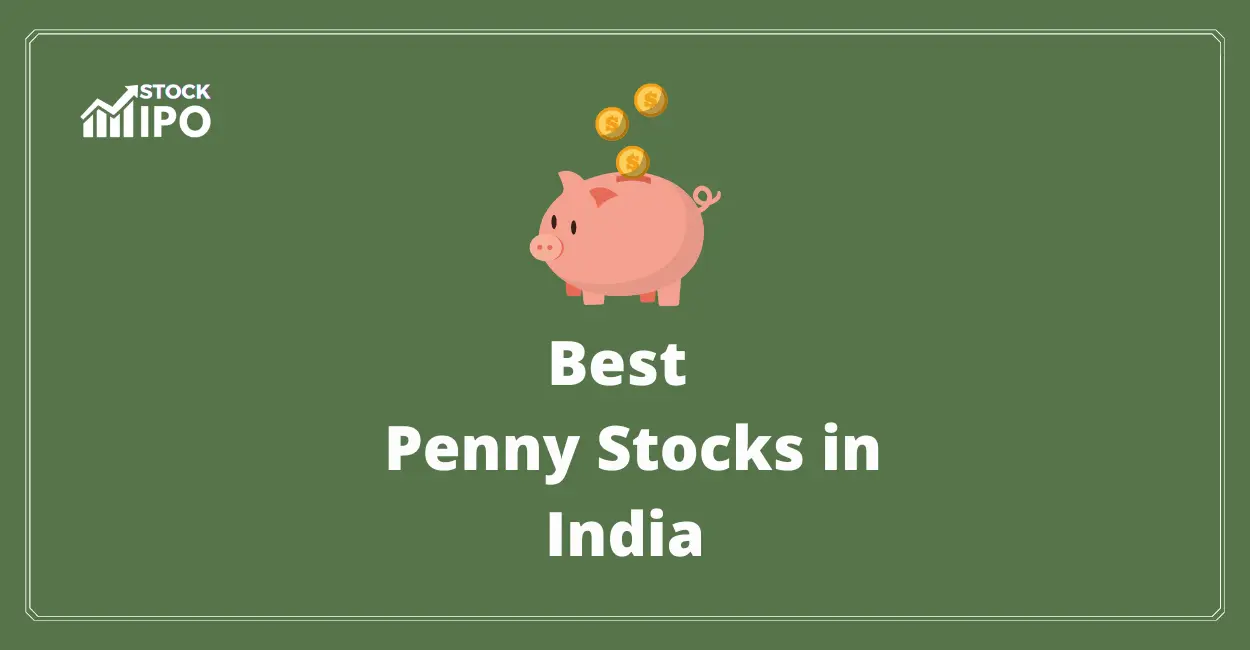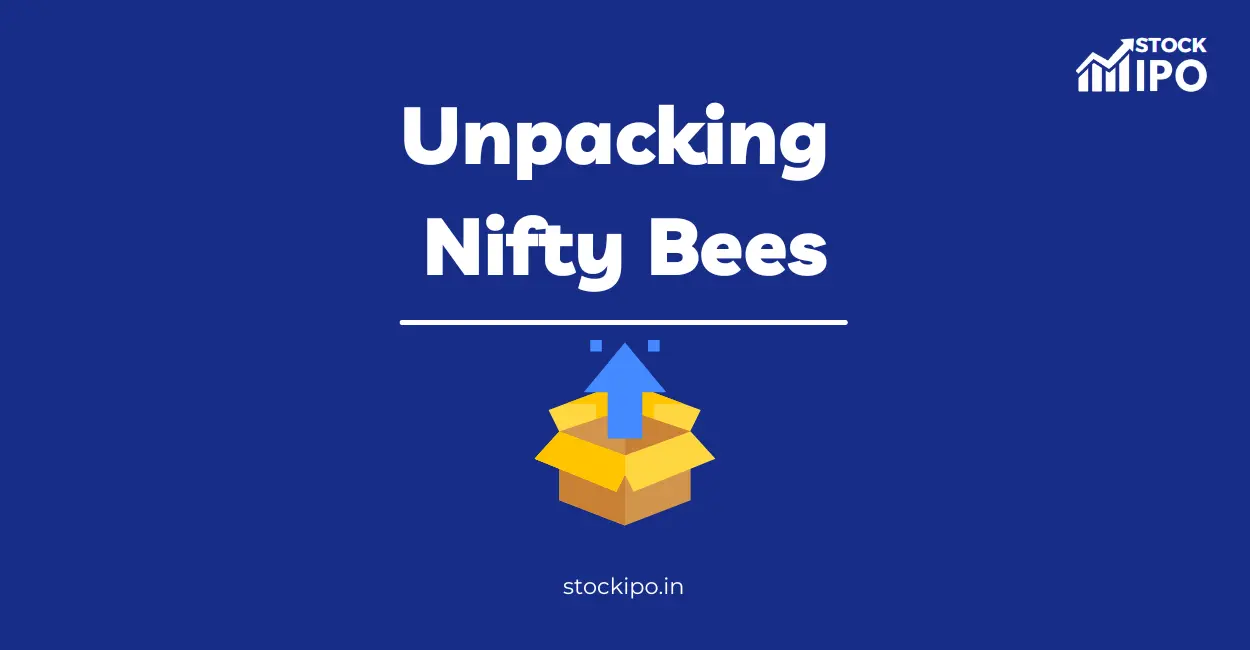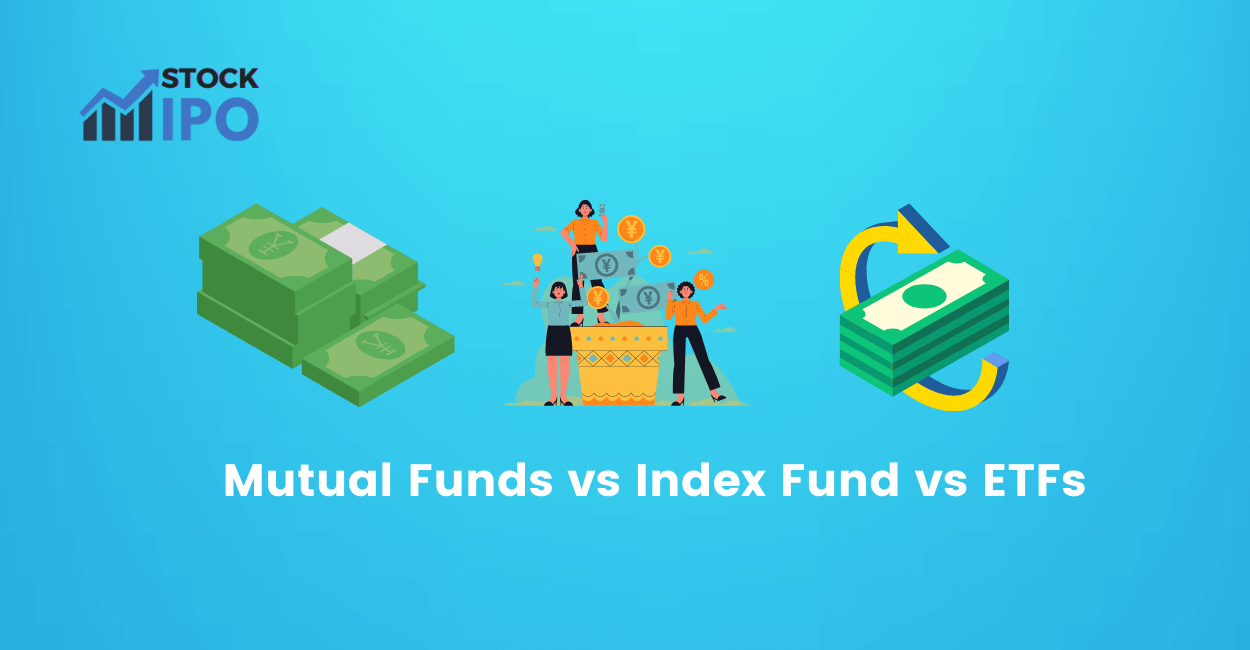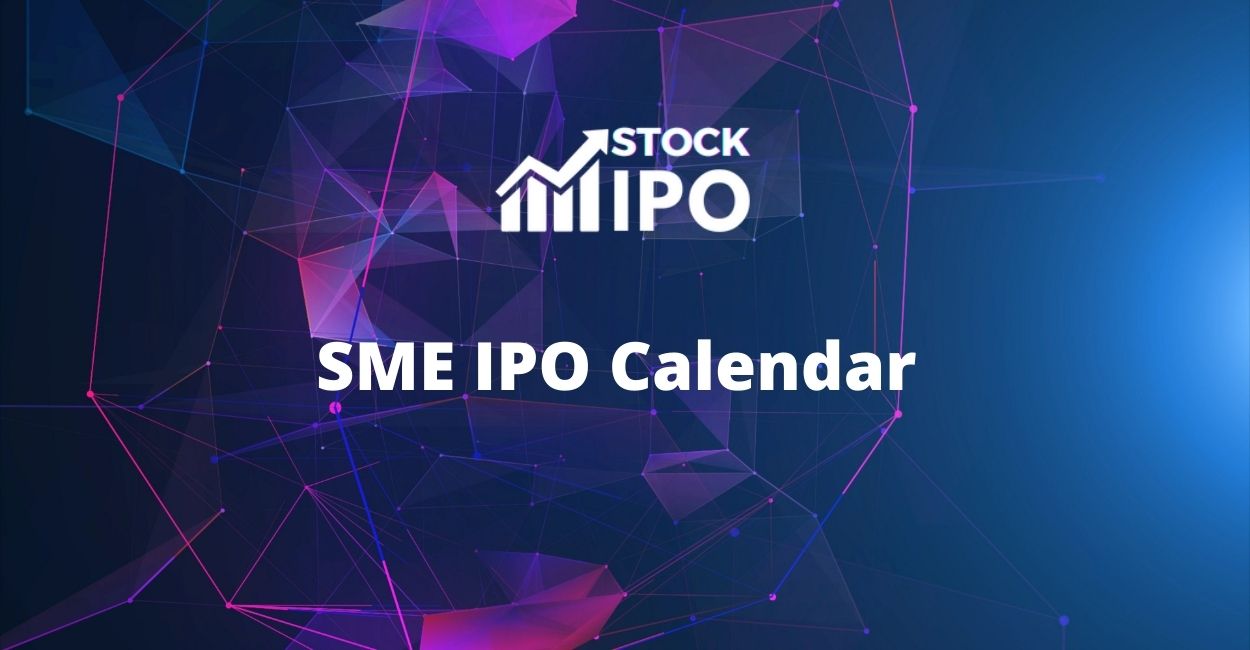The National Stock Exchange (NSE)’s Nifty 50 and the Bombay Stock Exchange (BSE)’s Sensex are two of India’s most-tracked stock indices. Despite the two indices being similar in many aspects, there are some noticeable differences—which investors should understand before investing in either of them.
Comparing Sensex and Nifty Indices
The Sensex was launched in 1986 and is considered to be the oldest and the most-followed stock index in India. It compiles data on 30 of the most heavily-traded stocks listed on the BSE. The Nifty 50, on the other hand, tracks the top 50 companies based on full market capitalization. Further, companies included in the Nifty index must have a minimum of 10% free float of their shares, a requirement not applicable for the Sensex.
The Sensex is a price-weighted index, meaning that the stocks with higher prices have a greater impact on the index. The Nifty 50, on the other hand, is a market-cap weighted index, meaning that the stocks with higher market capitalization have a greater impact on the index. This difference in weighting methodology can lead to different performance outcomes for the two indices.
How Are Nifty and Sensex Different?
These are the key differences between Nifty and Sensex:
- Number of stocks included: The Nifty 50 index comprises of 50 stocks, while the Sensex holds 30 stocks.
- Market Capitalization: The Nifty 50 is based on full market capitalization, which takes outstanding shares along with the market value of each stock into account. On the other hand, the Sensex is based on a free-float market capitalization methodology, which factors in only free-floating shares.
- Base values: The BSE Sensex was valued at 100 when it was launched in 1986, whereas the Nifty 50 index was valued at 1000 when it opened in 1996.
The Nifty 50 index is also known as the Nifty, while the Sensex is also referred to as the BSE 30. The Nifty 50 is a benchmark index for the Indian stock market, while the Sensex is a stock market index for the Bombay Stock Exchange (BSE). The Nifty 50 is composed of the top 50 companies listed on the National Stock Exchange (NSE), while the Sensex is composed of the top 30 companies listed on the BSE.
What Factors Influence the Sensex and Nifty?
The stocks comprising of each index are adjusted based on changes in their market capitalization—which is impacted by such factors as economic conditions, corporate developments, rupee movements and more. Further, any news, major economic announcements or geopolitical updates can drive stock prices, resulting in major fluctuations to the indices.
The Sensex and Nifty are also affected by the performance of the banking sector, as it is a major component of the indices. Additionally, the performance of the IT sector, which is a major contributor to the Indian economy, can also have a significant impact on the indices. Furthermore, the performance of the auto sector, which is a major consumer of steel and other commodities, can also affect the Sensex and Nifty.
Weightage and Sectoral Representation: Nifty vs Sensex
Relative to the Sensex, the Nifty currently has a greater presence in certain sectors. This can provide certain advantages and allow investors to benefit from sector-related gains. The table below highlights some notable weightage differences between sectors in the two indices as on December 24, 2020.
| Sector | Nifty | Sensex |
|---|---|---|
| Financials | 30.3% | 15.9% |
| Consumer Discretionary/Durables | 11.1% | 3.9% |
| Technology | 10.7% | 9.7% |
| Energy | 7.6% | 1.9% |
| Industrials | 7.3% | 13.9% |
| Auto & Ancillaries | 7.0% | 7.3% |
As seen in the table above, some sectors such as financials and consumer discretions/durables have greater weightage in the Nifty compared to the Sensex.
The higher weightage of certain sectors in the Nifty can provide investors with greater exposure to those sectors. This can be beneficial for investors who are looking to benefit from sector-specific gains. Additionally, the Nifty also has a greater presence in the energy sector compared to the Sensex, which can provide investors with an opportunity to benefit from the potential gains in the energy sector.
Differentiating Nifty and Sensex Trading Strategies
When compared to Sensex, Nifty typically has a lower risk-reward profile due to its higher exposure to less volatile sectors such as financials and IT. As a result, investors with a lower risk appetite are better suited for Nifty trading and investing. Sensex investors tend to be more aggressive and open to higher levels of risk.
More actively managed trading strategies, such as short-term speculation and day- or swing trading, are frequently used for Sensex investment, depending on volatility and other factors. Meanwhile, long-term buy-and-hold strategies are generally more common for Nifty.
The differences between Nifty and Sensex may seem superficial on paper, but they can have a major impact on investors’ returns and overall financial health. With an up-to-date understanding of both indices, investors can make informed decisions about where to best allocate their money.
It is important to note that the risk-reward profile of each index can change over time, so investors should be sure to stay up-to-date on the latest market trends and news. Additionally, investors should consider their own risk tolerance and financial goals when deciding which index to invest in.

